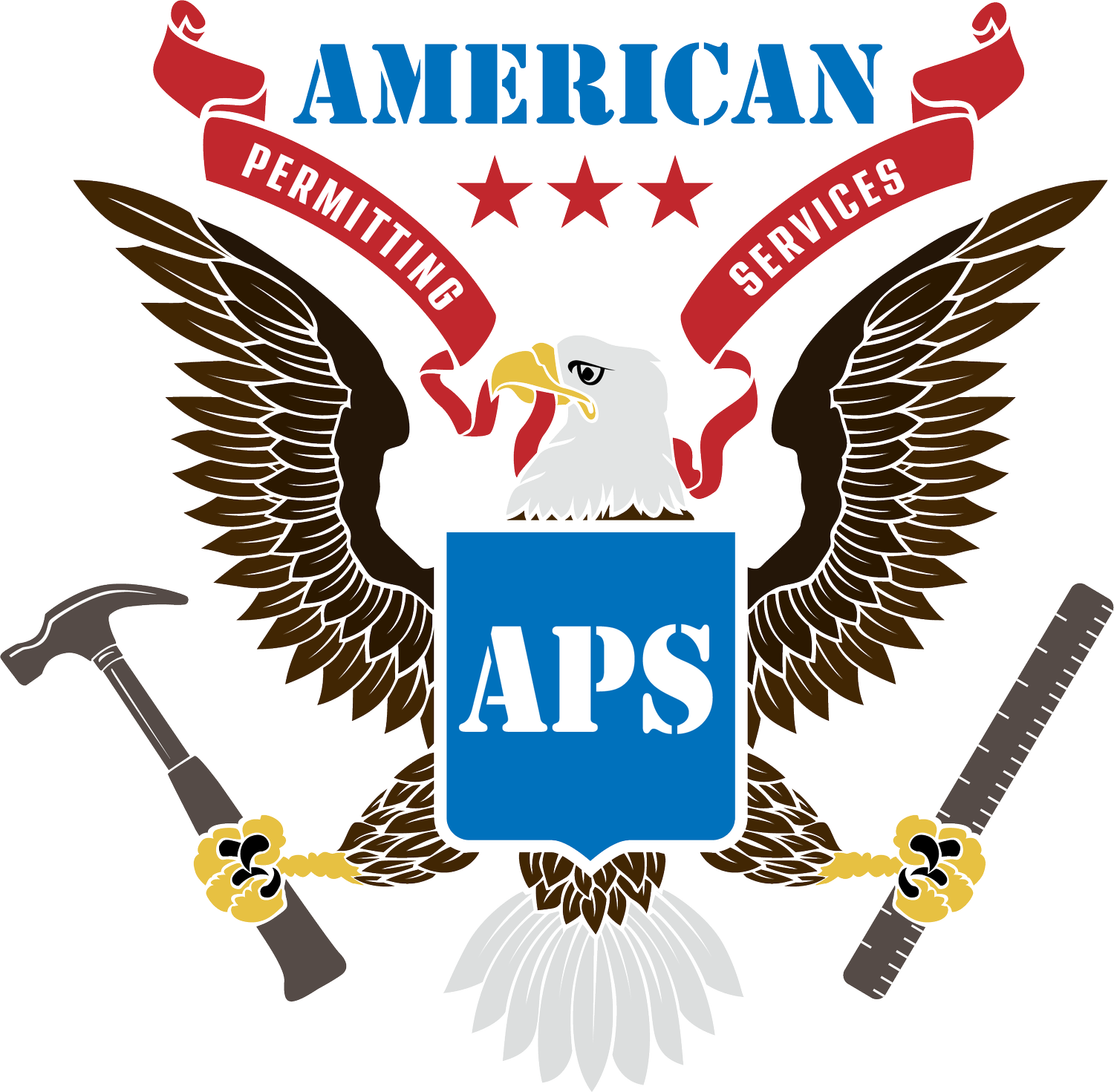How to Handle Code Violations in Florida: A Step-by-Step Guide
Introduction
Receiving a code violation notice can be stressful—but it’s a common issue for property owners across South Florida. Whether it’s due to unpermitted work, illegal additions, or failure to maintain property standards, code enforcement officers don’t hesitate to issue citations.
If you've been hit with a violation, don’t panic. This step-by-step guide explains how to resolve code enforcement issues in Florida, avoid fines, and get your property back into compliance.
What Is a Code Violation?
A code violation occurs when a property fails to meet local or state building, zoning, or safety regulations. Violations can range from cosmetic issues like overgrown landscaping to serious concerns like unpermitted structural work.
Reference: Florida Statutes § 162.06 — Outlines procedures for code enforcement, notice requirements, and compliance timelines.
Step 1: Review the Violation Notice Carefully
The first step is to read the notice thoroughly. Most violation notices include:
A description of the issue
A reference to the violated code
A deadline for correction
Possible fines or penalties
Tip: Take note of the compliance deadline—missing it may result in accruing daily fines or a lien on your property.
Step 2: Determine the Type and Scope of Violation
Code violations typically fall into categories such as:
Building Code Violations (e.g., unpermitted construction)
Zoning Violations (e.g., illegal use of property)
Property Maintenance Violations (e.g., exterior neglect, trash accumulation)
Once you understand the type of violation, you can determine the next steps—whether that means legalizing the work, applying for a retroactive permit, or correcting the physical issue.
Reference: Florida Building Code & Local Municipal Ordinances (varies by city/county)
Step 3: Consult with a Code Compliance Professional
Trying to resolve a violation on your own can be overwhelming, especially if it involves construction, engineering drawings, or permit history. Working with a professional ensures:
Proper identification of what needs to be done
Fast communication with city officials
Fewer delays and errors in the process
APS Tip: We’ll assess your violation, communicate with the city, and handle all permitting and inspections necessary to close your case.
Step 4: Obtain Permits or Documentation (If Needed)
For violations involving unpermitted work or illegal structures, the city may require you to apply for "After-the-Fact" permits. This often involves:
Hiring a licensed contractor
Submitting “as-built” drawings
Passing final inspections
Reference: Florida Statutes § 553.79(1) — Requires permits for work that affects structural integrity, safety systems, or building use.
Step 5: Correct the Violation and Request Re-Inspection
Once the issue is addressed (repaired, removed, or legalized), schedule a re-inspection with the city to confirm compliance. The inspector will close the violation case if everything is in order.
Tip: Keep all documentation and inspection reports for your records or future real estate transactions.
Step 6: Address Any Fines or Liens
If fines have accrued, you may be eligible for a lien reduction or fine negotiation through the local code enforcement board. These negotiations are often more successful when handled by a professional familiar with local procedures.
Reference: Florida Statutes § 162.09 — Outlines fine and lien procedures and reduction options through code enforcement boards.
Final Thoughts
Code violations may seem intimidating, but with the right guidance, they can be resolved efficiently and often at a lower cost than expected. Whether you’re preparing to sell, refinance, or simply want peace of mind, American Permitting Services is here to help.
Need help resolving a code violation?
Contact us today for a free consultation—we’ll handle the compliance process from start to finish.

